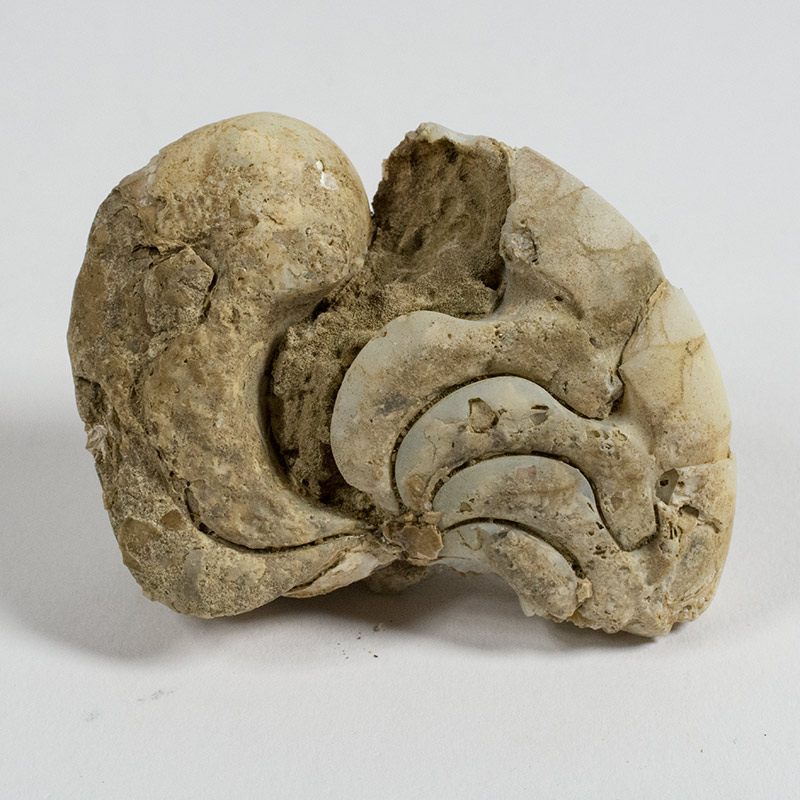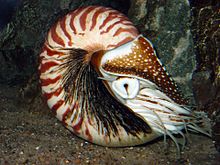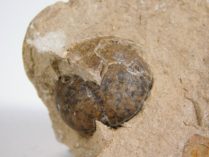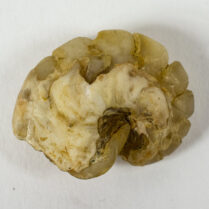Description
Miocene
Lincoln Creek Formation
Grays Harbor County, WA, USA
Extremely rare, large partial 67mm nautiloid preserved in chalcedony
Nautiloid, Cephalopod.
Aturia is a nautiloid genus known from Paleocene to Miocene sites worldwide but it tends to be a rare find everywhere it can be found.
Ammonite collectors like to pick up Cenozoic nautiloids because they seem like the closest thing to ammonites from the era and it can be a challenge to find one in the field or on the market. They also like these because of their unusual mineral replacement.
Nautiloids appeared during the Late Cambrian and flourished during the Ordovician, a time when they ascended to the level of apex predator and developed a diversity of shell shapes and forms. They rebounded after the end-Permian extinction and also survived the end-Cretaceous mass extinction. They diversified in the early Cenozoic before going into decline by the Late Miocene. Today, only a few species survive in the Indo-Pacific waters.
Sutures (or suture lines) are visible as a series of narrow wavy lines on the surface of the shell, and they appear where each septum contacts the wall of the outer shell. The sutures of the nautiloids are simple in shape, being either straight or slightly curved. This is different from the “zigzag” sutures of the goniatites and the highly complex sutures of ammonites.






